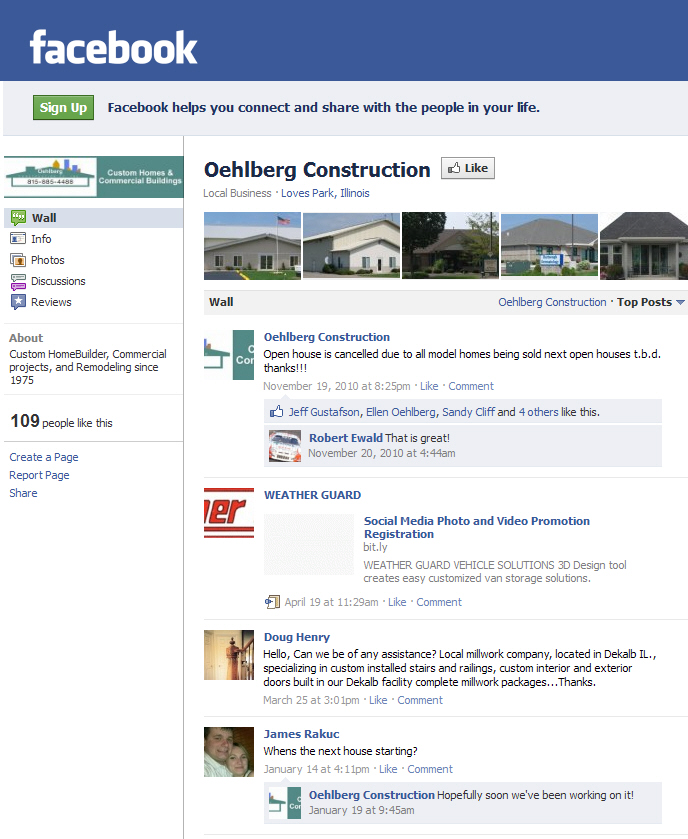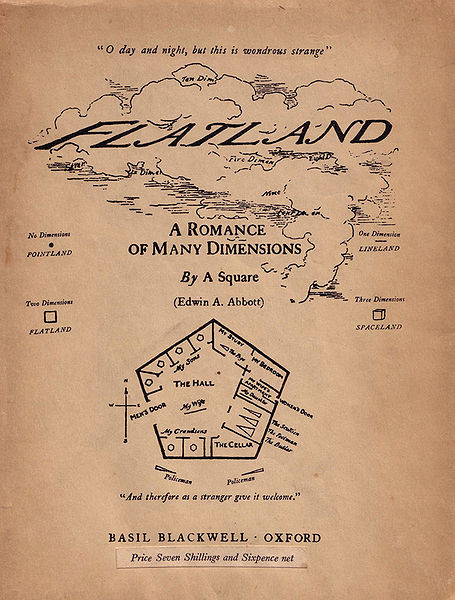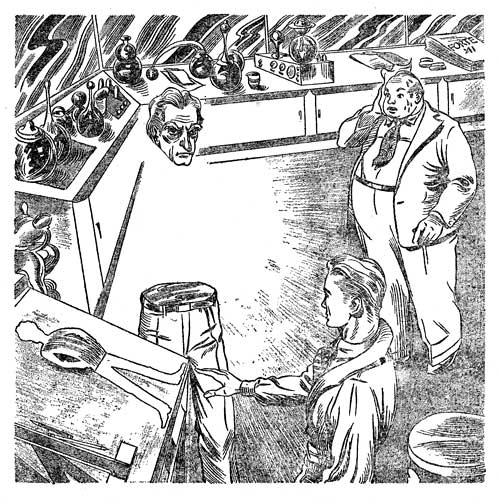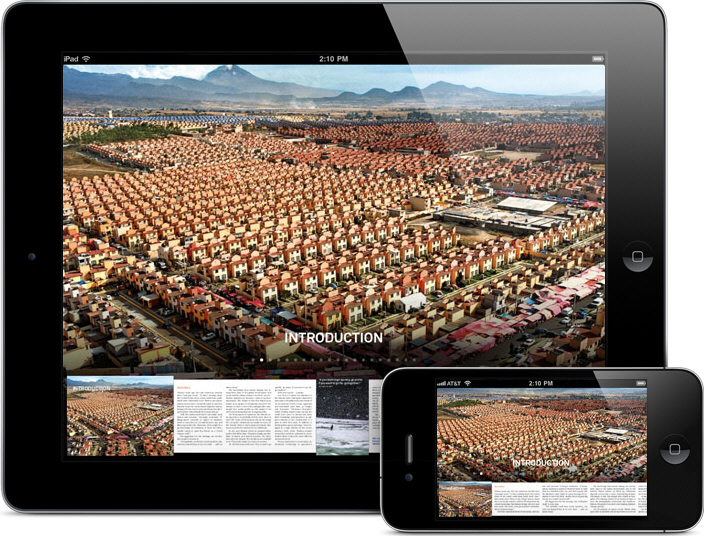
What’s interesting is that this new dimension sets up a casual relationship between production teams and project owners as a “community” of mutual interests. The result is a computer mediated space where a stream of informal posts add a deeper understanding of the day to day challenges faced on the jobsite. For example, take a look at the website for Pentland Homes, Oehlberg Construction, and Lyons Sitework.

Though content differs for these companies, what comes across in the postings, comments, and “like-clicks” is a community of interests centered on not only a particular project, but the concerns of the company’s managers. In other words, what we see are the social values associated with their work. These are the same values that are usually buried by formal transactions commonly found in construction communications.
Flatland
Recognizing the value of these social associations to construction is a lot like seeing into the reality of the one and two-dimensional worlds described in the book, Flatland by Edwin Abbott, 1884.

In this book, women are lines while men are segmented polygons. However, when viewed along their one dimensional edges both line and polygon appear the same. It takes the invasion of a three-dimensional sphere to even suggest that there may be a dimension beyond the flattened world-view of a single dimension.
While the narrator in the book (a square) struggles to explain a second dimension where both line and polygon can be seen for what they are, it takes the invasion of a three-dimensional sphere into Flatland to expose the limits of their narrowly defined perceptive understandings. But even as the sphere clearly demonstrates the limitations of 2D by introducing the spatial superiority of 3D, the sphere refuses to consider the logical assumption that there must be yet another dimension beyond its own.
As a social commentary, Abbott goes beyond structured dimensional consciousness into a allegory on social order and class based prejudices. For construction communications, what he points to is the difficulty of changing immediate and long held perceptions of the way things ought-to-be, in order to recognize the potentials that come from new dimensional insights.
The 4D Doodler
In the same way, Ralph Waldeyer writes of the complexity of multidimensional experiences. In his book, The 4-D Doodler, 1941, he describes the confusions and misunderstandings that his characters experience as they slip in and out of a fourth dimension. As they are pulled in and out of the spatial warps of 4D, their understandings are clearly bound by the limits of their own three-dimensional experiences.

For them, 4D is something to be feared and avoided. Waldeyer describes how each one of his characters struggles in different ways to deal with being partially or wholly in and out of a different dimension. His lesson is that it’s quite possible for objects to exist in more than one dimension at the same time. Their only limitation is their inherent ability to deal with these multidimensional world views.
Push Pop Press
The ideas illustrated in these books show how dimensional change disrupts our response to new perceptions. This includes the challenges faced in simply recognizing the potential of these alternate dimensions. For example take a look at Mike Matas’ presentation at a recent TED conference on the next-generation digital book.

Though the book is said to be the number one book on ITunes, in the end its really not much more than an imaginative interactive website viewed on an Iphone or Ipad. What’s important is that Matas points to the potential of a multidimensional communications tool that requires the same perceptual shift suggested in Flatland and The 4D Doodler.
For those locked in a traditional way of doing business, the very notion of another dimension remains somehow tightly held by higher, more mysterious powers. This means the transparencies of social media and the capacity of the web to deliver deeper levels of graphical information, raise both fear and frustration as new dimensions disrupt long standing traditions of construction management. Traditions that are rapidly changing in a new age of hypergraphic construction communications.
.
